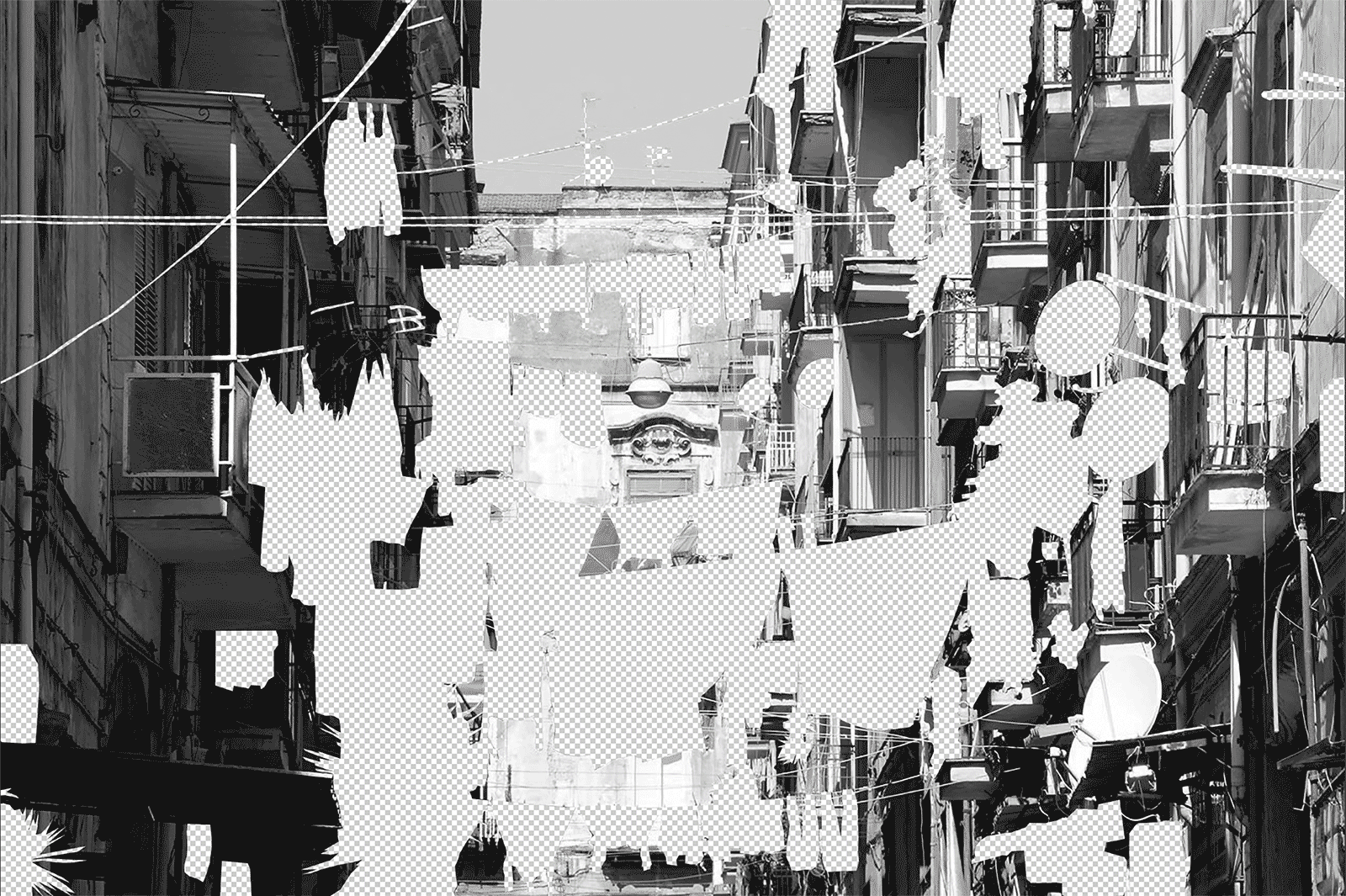BUSTOPELLE
indipendent research and master thesis in collaboration with prof. Elisa C. Cattaneo and prof. Cherubino Gambardella, Laura Fiamenghi and Camilla Malinverni
More info on and in-depth analysis on studiopigiama.com
Bust and Pelt (Busto e Pelle) is a research about the contemporary urban landscape through the dichotomy between the Bust and the Pelt: the orthodox architectural infrastructure of the city and the anthropic remnants.
The thesis is divided in two different main books: Grammar and Maieutica. Ironies of Pelt.
The first one – Bust and Pelt: Grammar – contains the theoretical framework and the application of the developed methodology on urban and territorial scale. Maieutica. Ironies of Pelt is an experiment about the design logics of the Pelt: it is the development of two meta-projects in collaboration with the professor Cherubino Gambardella (Università della Campania L. Vanvitelli).
GRAMMAR
The definition Bust and Pelt (Busto y Pellejo) comes from an intuition by the madrid-based architects Maria Langarita and Victor Navarro to express two categories of urban elements according to their uses and materials. The Bust represents the inorganic element of the city: almost non-perishable, it is the solid infrastructure of the city which History of Architecture always investigated. The Pelt is the remnant; unstable and easily perishable, it is the physical track of human’s creative act inside the urban landscape of our cities. The Pelt is the Deleuzian flesh of the city (cf. Deleuze, 2008) and the tangible effect of Lacanian extimité (cf. Bianchetti, 2016).
The aims of the thesis were twofold. Firstly, it explored the Bust and the Pelt concept from a philosophical and theoretical perspective. The Bust and the Pelt as the synthesis of the architectural dichotomy of Firmitas/Infirmitas, Order/Disorder, Flesh/Bones, Cité/Ville. Secondly, this concept has been used to develop a theoretical framework to investigate the urban landscapes of our cities with fresh eyes: the architectural value of remnants in public spaces and within complex contemporary urban landscapes. Supporting the theoretical framework, a graphical and photographic methodology has been developed: an elementaristic approach aimed to investigate the architectural, urban and cultural value of the remnant, borrowing the survey of the decay from the architectural conservation methodologies.
In particular, such a framework has been applied to the city of Napoli focusing on the elements of the so-called Votive Pelt: The Pelt’s elements which might be driven by votive, religious or spiritual feelings.
Moreover, the research focused on the Votive Value of the Pelt inside the Decumani area of Napoli. Through a survey of a network of abandoned or reused churches, the anti-composition logics of Bust and Pelt have been highlighted. Through the survey of the Votive Aedicula, the superimposition and the rhizomatic planning of the Pelt have been shown and investigated.
Churches turned into apartments, naves transformed into garages, plundered and abandoned temples and enlightening statues become manifesto of the collision between Cité and Ville and, of course, Bust and Pelt.
MAIEUTICA: IRONIES OF PELT
Connected to the research about the Bust and The Pelt, the ironies of Pelt are provocative refurbishment of two of the abandoned/reused surveyed churches of Naples imagined with prof. Cherubino Gambardella. They are two meta-projects which investigate the paradoxical and dialogic design logics of the Pelt: the composition and the aggregation.
Firstly, the church of Santa Maria al monte dei poveri: the hosting space for a series of devices aimed to activate the dialogue with the abandoned bust. The mirroring elements - coring of Jeff Koon’s works – and the metallic blue machine produces new spatial and perceptive logics, which are typical of architectural composition. Weak elements of Pelt highlight the composition’s logics of the Bust.
Secondly, the Church of San Pietro in Vinculis: the space where to experiment the aggregation of weak devices for a sensorial overturn; super-artificial elements which modify the space through the aggregation and the superimposition.



